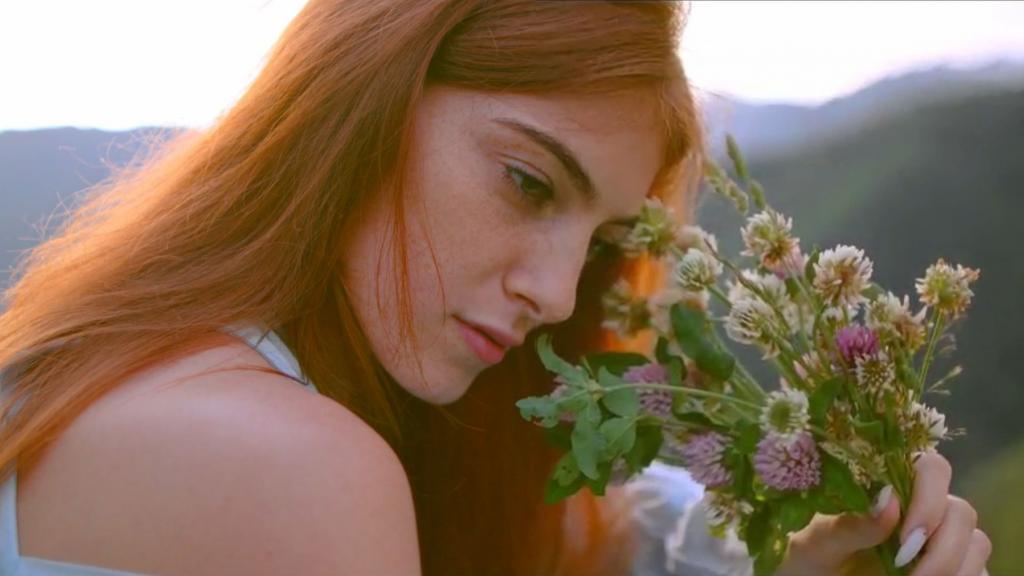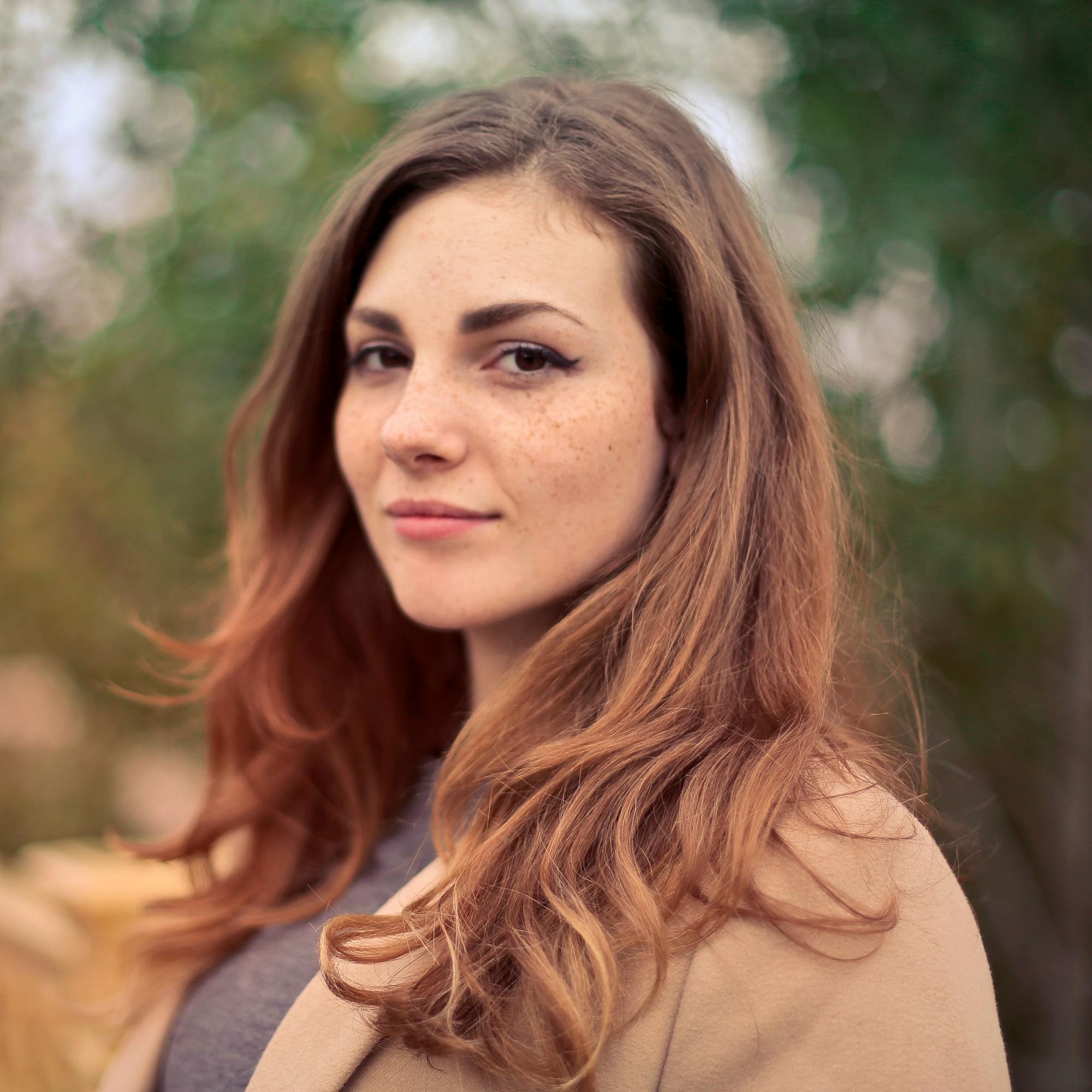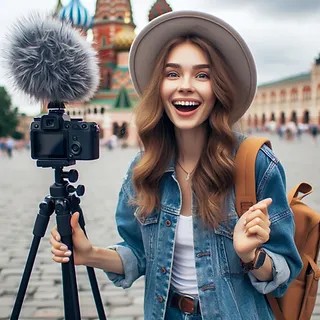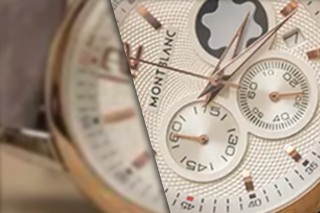Recent Post
Everything about image upscaling, enhancing, editing, background remover, AI image Generating, AI cartoonizer, and other various tools related to image processing.

Topaz Video AI Review 2024
In this Topaz Video AI review, we are taking a close look at the performance, prices, and features it offers to see the overall quality of the software.

Top 5 AI Video Upscalers in 2024: Improving Video Quality
Are you troubled by the poor quality of videos? Read this review and choose the best AI video upscalers to solve your video quality problems.

VideoProc Review: The Ultimate Video Converter Solution
With VideoProc Converter AI, you can masterfully edit, convert, and enhance your videos, the one-stop solution for seamless video processing.
Adobe Podcast Review: One-Stop AI Audio Tool
Now podcasters can enhance the quality of their voice and more with Adobe Podcast, an AI-based approach to improving audio files.
Compose AI Review: Accelerate Your Writing with AI
Compose AI is a free Chrome extension that speeds up your writing, allowing you to use autocomplete everywhere and spend less time typing.
Hour One Review: Everyone Can be a Video Master Now
Hour One is an AI video generator with an exclusive selection of personalized video templates, a range of AI presenters with diverse accents and languages.
Caktus AI Essay Generator Review: Best Helper In Class?
If you're a student with many subjects to deal with, look at none other than Caktus AI to help you solve problems efficiently.
Kaiber AI Review: Make Anime Motion In One Click
Kaiber AI is an AI-powered video generator that allows users to create anime motion videos using their own audio, images or text descriptions within seconds.
PixelCut AI Background Generator: Impressive Features with Accessibility
PixelCut is an accessible, affordable, and impressive platform with great AI features for product photo enhancement that you must try.
CreatorKit AI Guide: Why It's A Must-Have for Marketing
With CreatorKit, you can not only enhance your product photos significantly, but also design content which is refreshing and likely to increase engagement.





